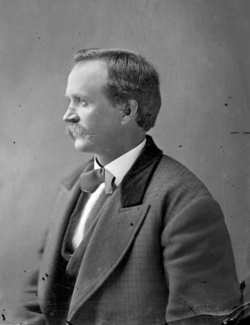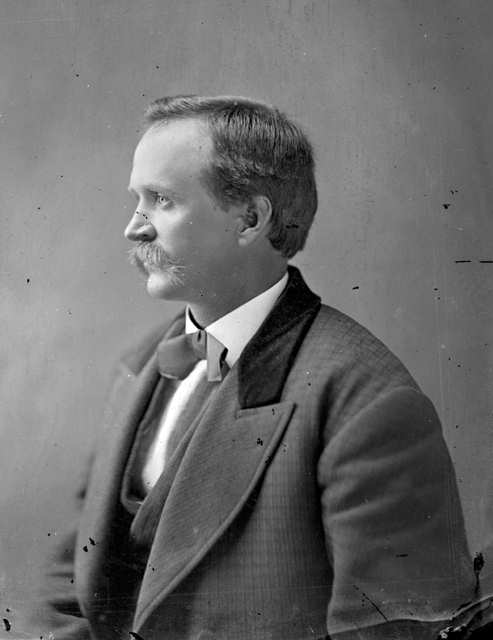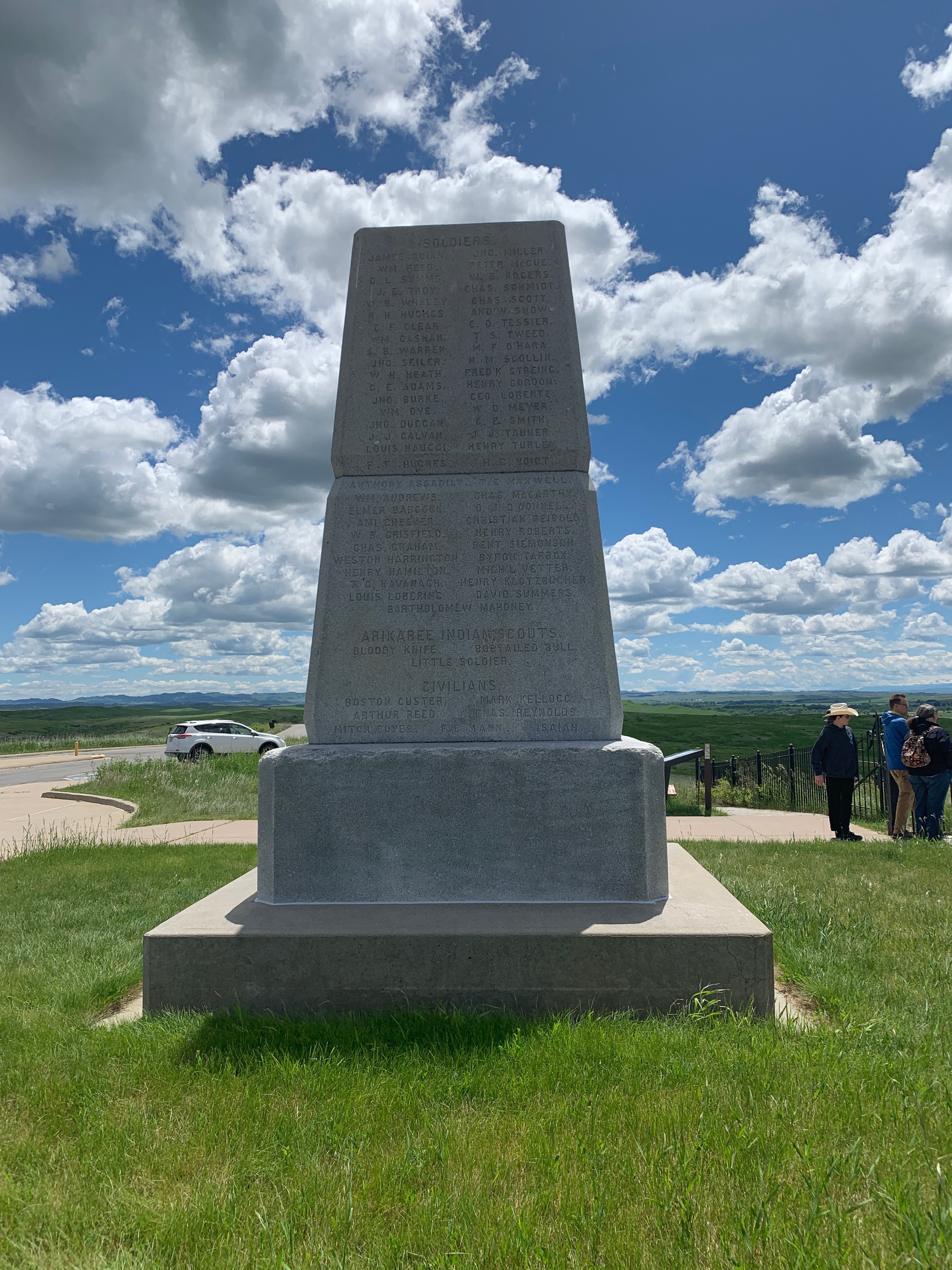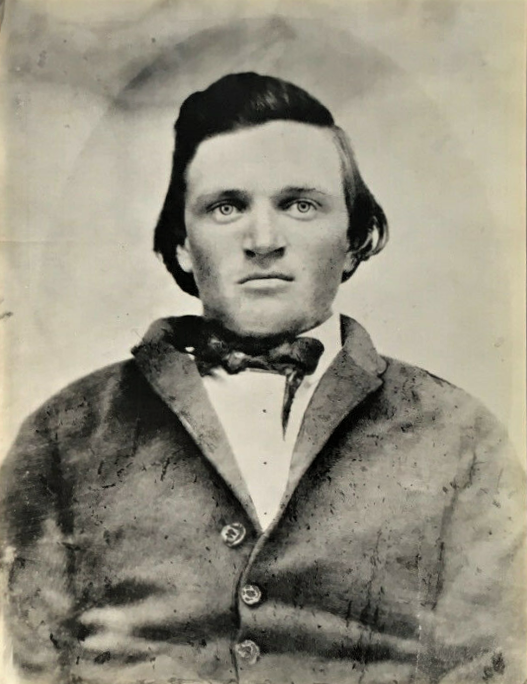The son of Dr. Joseph Boyer and Phoebe Bush Reynolds, his mother died when he was 5 years old. The family moved to Abingdon, IL, where he attended Abingdon College for 3 years. In 1859, the family moved to Pardee, Kansas, where his father practiced medicine. During the Civil War, he enlisted 16 July 1861 as a Private in Company E, 10th Kansas Infantry and was mustered out 19 August 1864 at Fort Leavenworth, KS, having finished his term of service.
He hunted buffalo from 1865 to 1868, then trapped and hunted from Fort Berthold, Dakota Territory, from 1868 to 1872. Joined the Army as a guide for the 1873 Yellowstone Expedition, the 1874 Black Hills Expedition, the 1875 Yellowstone Expedition, and the 1876 Sioux Expedition. He accompanied Lieutenant Varnum to the Crow's Nest on 25 June 1876, arriving at 2:30 am. Accompanied Major Reno's battalion on their assault on the Indian Village. He was shot through the heart in the valley fight, when he stopped near Dr. Henry Porter, who was treating a wounded man.
His diary is in the Minnesota State Historical Library, St. Paul, MN. He was not married, and was survived by his brother, William T. Reynolds, and two sisters, Mrs Malinda Allen and Mrs Lydia Hogan. Immediately after the battle, the bodies of the dead soldiers were buried where they fell, and over the next two years, the Army recovered the bodies that were requested by their families, and shipped them to where the family directed for reburial, at that family's cost. Charlie Reynolds is believed to be buried in the Mass Grave at the top of Last Stand Hill, with the remains of the majority of the soldiers killed there. A stone marker (pictured) was placed over the mass graves in 1879.
The son of Dr. Joseph Boyer and Phoebe Bush Reynolds, his mother died when he was 5 years old. The family moved to Abingdon, IL, where he attended Abingdon College for 3 years. In 1859, the family moved to Pardee, Kansas, where his father practiced medicine. During the Civil War, he enlisted 16 July 1861 as a Private in Company E, 10th Kansas Infantry and was mustered out 19 August 1864 at Fort Leavenworth, KS, having finished his term of service.
He hunted buffalo from 1865 to 1868, then trapped and hunted from Fort Berthold, Dakota Territory, from 1868 to 1872. Joined the Army as a guide for the 1873 Yellowstone Expedition, the 1874 Black Hills Expedition, the 1875 Yellowstone Expedition, and the 1876 Sioux Expedition. He accompanied Lieutenant Varnum to the Crow's Nest on 25 June 1876, arriving at 2:30 am. Accompanied Major Reno's battalion on their assault on the Indian Village. He was shot through the heart in the valley fight, when he stopped near Dr. Henry Porter, who was treating a wounded man.
His diary is in the Minnesota State Historical Library, St. Paul, MN. He was not married, and was survived by his brother, William T. Reynolds, and two sisters, Mrs Malinda Allen and Mrs Lydia Hogan. Immediately after the battle, the bodies of the dead soldiers were buried where they fell, and over the next two years, the Army recovered the bodies that were requested by their families, and shipped them to where the family directed for reburial, at that family's cost. Charlie Reynolds is believed to be buried in the Mass Grave at the top of Last Stand Hill, with the remains of the majority of the soldiers killed there. A stone marker (pictured) was placed over the mass graves in 1879.
















